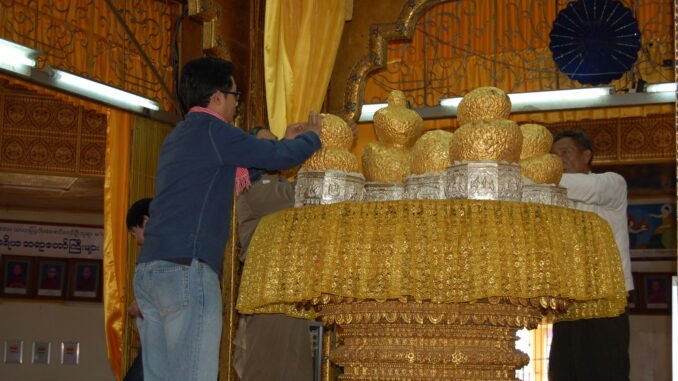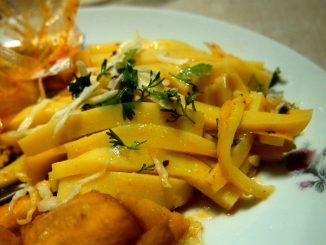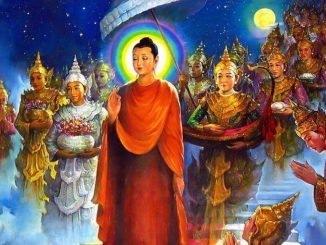
The Phaung Daw Oo Pagoda Festival is one of the most significant and vibrant religious events in Myanmar, particularly for the Shan State. Held annually at the Phaung Daw Oo Pagoda, located on the western shore of Inle Lake, this festival attracts thousands of local devotees and international visitors alike. It is a deeply spiritual event that involves a combination of religious rituals, boat races, and colorful processions. The festival primarily honors these Buddha statues, which are paraded around Inle Lake in a grand procession, where they are displayed on a beautifully decorated royal boat. The occasion marks a time for devotees to come together, make offerings, and seek blessings from the sacred statues.
The Phaung Daw Oo Pagoda itself is an important Buddhist pilgrimage site, home to five revered golden Buddha statues. These statues, which are believed to have been consecrated in the 18th century, have become central to the festival’s significance. Over the years, the statues have accumulated layers of gold leaf, giving them a distinctive, almost surreal appearance.
The festival is traditionally held in the eighth month of the Myanmar lunar calendar, which usually corresponds to September or October in the Gregorian calendar. The festival lasts about 18 days, culminating in a grand ceremony at the Pagoda, where the Buddha statues are returned to their temple.
The Phaung Daw Oo Pagoda Festival is a remarkable blend of religious devotion, cultural celebration, and community spirit. Its boat procession, leg-rowing races, and myriad rituals make it a fascinating event for both locals and tourists. Whether you are a devout Buddhist seeking blessings or simply an admirer of traditional Myanmar culture, the festival offers a unique insight into the spiritual and cultural life of Myanmar’s Shan State.
The Festival’s Main Events
1. The Boat Procession
One of the most iconic elements of the Phaung Daw Oo Pagoda Festival is the boat procession, which takes place on Inle Lake. The golden Buddha statues are carried aboard a specially adorned boat, which is rowed by local villagers, including men from the surrounding Shan and Intha communities.
The boat is accompanied by a large flotilla of other boats, each featuring villagers from different towns and villages around the lake. As the boats make their way around Inle Lake, participants sing traditional hymns, offer prayers, and make donations to the pagoda, all while paying respect to the Buddha statues. This process takes several days, with the boat stopping at various villages along the lake.
2. Inle Lake Boat Races
Alongside the spiritual and religious events, the festival is also famous for its traditional boat races. These races are one of the most eagerly awaited aspects of the festival. The competitors use unique wooden boats and row in a distinctive, one-legged style, where a single rower stands on the stern of the boat while balancing on one leg, using the other to propel the boat forward. This tradition is exclusive to the Inle Lake region and adds a fascinating spectacle to the festival.
Racers come from different villages around the lake, competing for honor and prestige. The races take place over several days and draw large crowds of spectators, who cheer enthusiastically from the shore.
3. Traditional Rituals and Offerings
The religious aspect of the festival is centered around offering alms and prayers to the Buddha statues. Monks and laypeople gather at the pagoda to make merit and seek blessings for their families and communities. The local villagers often bring food, flowers, and other offerings to the pagoda, while the procession of Buddha statues allows the statues to “bless” various areas around the lake.
Each day of the festival is filled with Buddhist rituals, including chanting, meditations, and prayers, all designed to purify the mind and spirit. For many devotees, this is a time of reflection and renewal of faith.
Cultural Significance
The Phaung Daw Oo Pagoda Festival is not only a religious event but also a celebration of the ethnic diversity and cultural heritage of the region. Inle Lake is home to various ethnic groups, including the Intha people, who are known for their unique leg-rowing technique, and the Shan and Pa-O communities. The festival allows these groups to come together, share their traditions, and showcase their vibrant cultures.
The festival is also an important occasion for socializing and reinforcing communal ties. For many people living around Inle Lake, it is a time to reconnect with family members, offer support to the community, and take part in joyous celebrations.
Related:
- Inle Lake (https://aboutmyanmar.com/?p=305)
- Photos show boat races during Buddhist religious celebrations in Myanmar (https://wtop.com/world/2025/09/photos-show-boat-races-during-buddhist-religious-celebrations-in-myanmar/)
- Spectacular lake festival in Myanmar shines despite political upheaval and natural disasters (https://apnews.com/article/myanmar-buddhist-festival-inle-lake-tourism-9d9d85c2394a6d8a1cb102eed702f971#)


